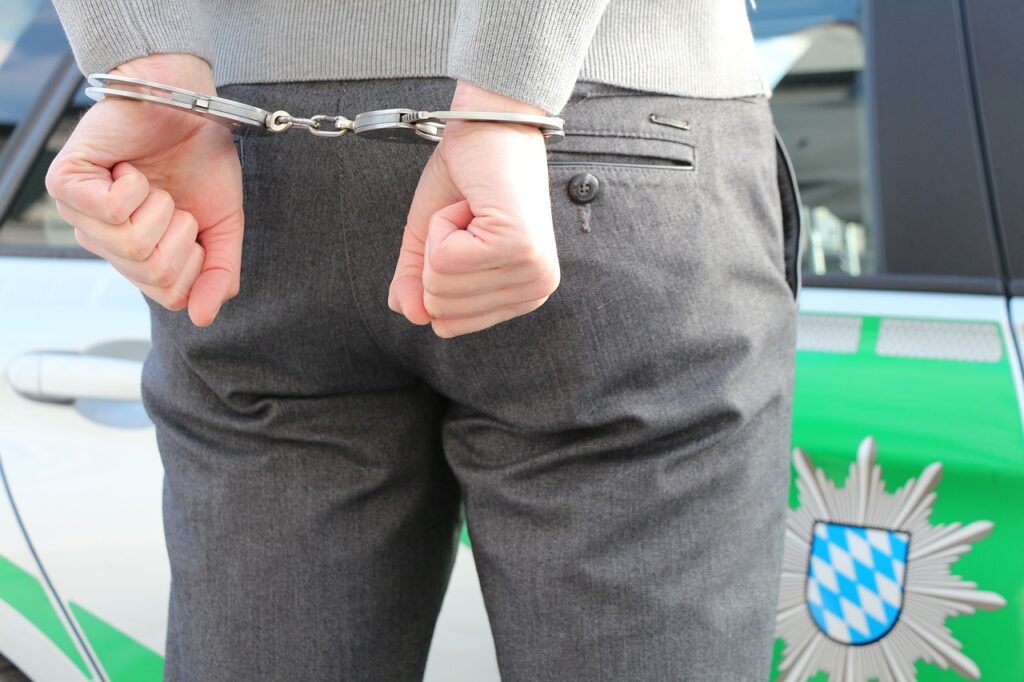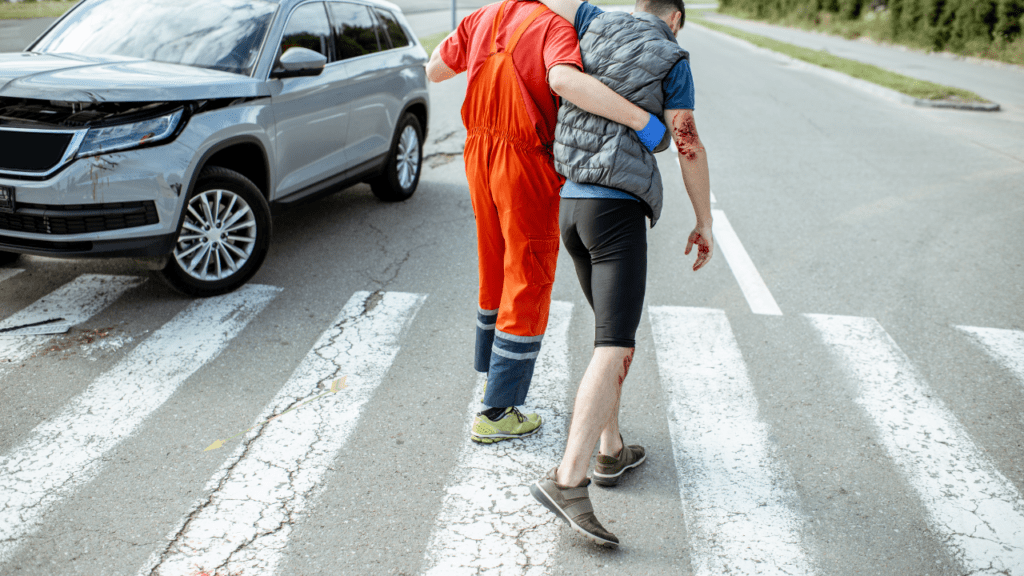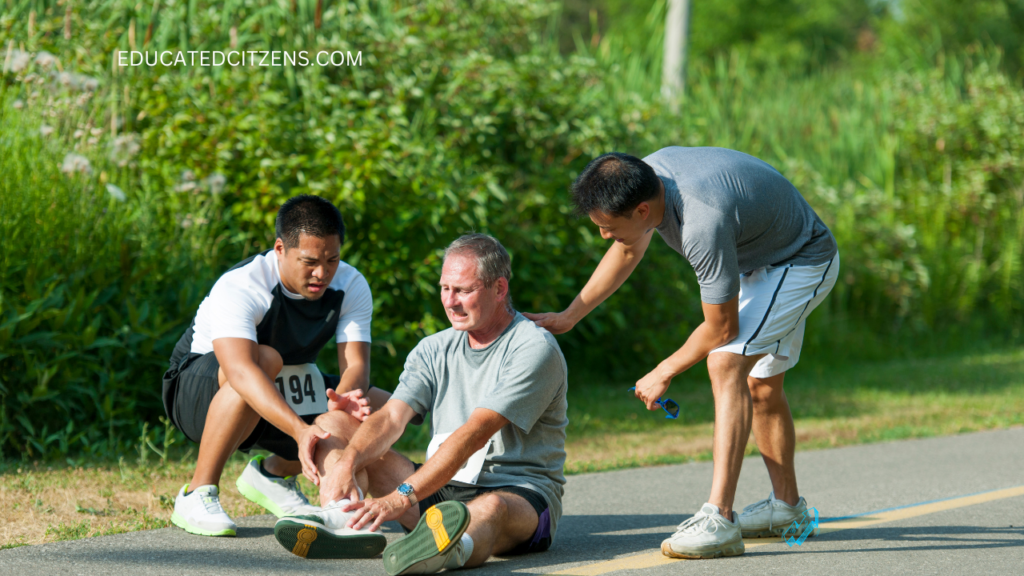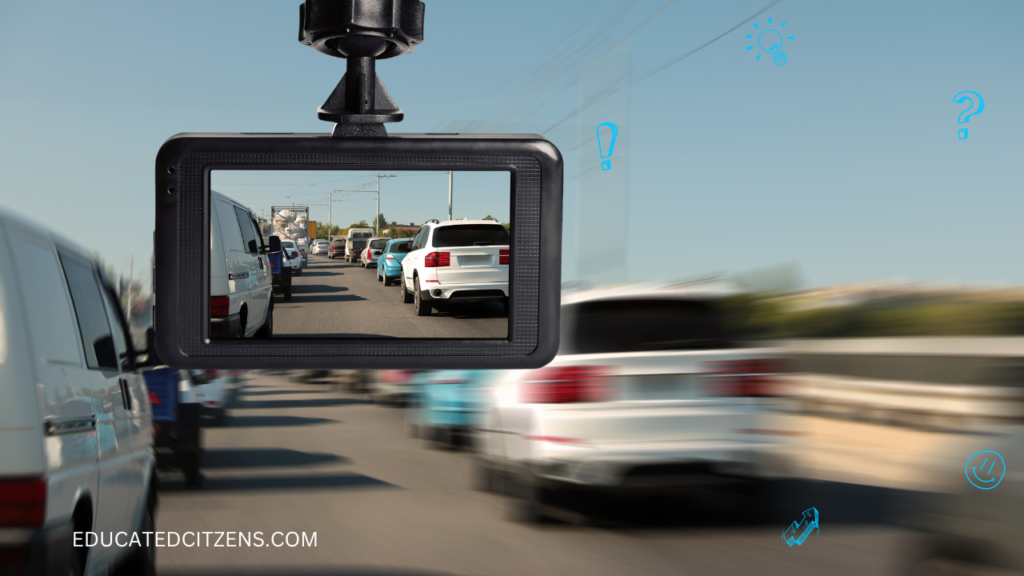What evidence is needed to convict a hit and run?
Yearly, there are more than 700,000 hit and run car accidents across the USA. From simple research I carried out, the state of Wyoming registers the highest hit and runs compared to the national average.
Hit and run crime simply refers to an offense the driver commits if he/she left the accident scene without sharing his contact information, reporting the crash to the authorities, and or failing to render the required help in case there are injuries.
Choosing to leave the accident scene could earn you severe hit-and-run penalties or fines depending on where you live, the laws that govern car accidents, and the circumstances of the accident.
Remember, getting charged with a hit and run has nothing to do with whether you caused an accident or not, though, if you caused both caused the accident and left the scene, expect more severe penalties.
The penalties for a hit and run could be a felony or misdemeanor, depending on the severity of the car crash, and includes jail time (prison time), fines, and revocation or suspension of your driving license.
If you are a hit-and-run victim, you could be entitled to a couple of damages for instance medical expenses, costs to repair your car, lost potential to earn, lost wages, mental anguish, pain and suffering, and many others.
But to hold the hit-and-run driver liable for your losses/suffering, you need a concrete piece of evidence. Getting the required pieces of evidence to convict the hit-and-run driver is hard since he/she left the accident scene without speaking to you.
To convict a hit and run, evidence such as eyewitness testimony, surveillance footage, physical evidence, and digital evidence from social media and electronic devices may be needed.
From statistics, only 5-10% of hit and run drivers are caught and charged by the authorities. This is because, most hit-and-run victims usually have little or no evidence.
This article is all about the pieces of evidence you will need as a hit and run victim to convict the driver. You could choose to go through the list of contents below and read sections that are of your choice. Alright, let’s go.
Page Contents
Definition of Hit and Run and Its Legal Implications
I already defined what a hit and run is up there in my introduction. To add more, all hit and runs have the same ideas irrespective of different implementations in different countries.
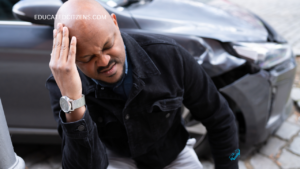
The basic legal requirements of each driver that is involved in the accident are as follows.
- Stop at the accident scene or at the nearest safe point.
- Share contact information with all drivers
- Report the accident to the traffic authorities and
- Render help if there are any injured victims.
Failure to observe the above could cause you trouble with the authorities. Hit and run offenders are highly punished by authorities across the USA and you could spend the rest of your life in prison by committing a hit-and-run.
Depending on the gravity of the accident, you could face charges of a felony if there were injuries or deaths, or charges of a misdemeanor if there were minor injuries or property damages only.
Well, enough of blabbering, right? the rest of this article covers all the pieces of evidence your will need to convict a hit and run driver, and increase your chances of receiving the compensation you deserve.
Eyewitness Accounts: Importance and Limitations
To convict a hit and run driver, the victim needs evidence in form of eyewitness statements.
An eyewitness can easily tell you what he/she saw like the car color, make, license plate number, the physical appearance of the driver, the direction of the car, any traffic violations, and others.
The limitation of eyewitnesses as far hit and runs is that they tend to forget basics easily, especially if the event was stressful or emotional. Eyewitnesses also tend to be influenced by leading questions.
Physical Evidence: Tire Marks, Vehicle Damage, and DNA
Physical evidence like tire marks and vehicle damages can aid in the investigation of the hit and run. For instance, experts could use such evidence to reconstruct/ simulate a car accident.
These features can help in determining the size of the car, the speed of the car, the direction of travel, and the speed of the impact.
DNA is found in blood, saliva, and sweat and can be used to link suspects to crimes, identify victims and exonerate innocent suspects.
Surveillance Footage: How Cameras Can Help Identify the Suspect
Surveillance cameras could have captured the photos or videos of the hit and run accident. By clearly examining the footage and photos, experts could easily identify the suspect, and note the car’s color, make, model, and license plate numbers.
Experts can also look for certain features like faces, clothes, tattoos, and many others.
However, photos and or footage are affected by weather, angle of view, quality of the gadgets, user experiences and expertness, and so many other factors.
Forensic Analysis: Blood and Tissue Samples, Paint Transfer Analysis, and Accident Reconstruction
Many criminal investigations and accident reconstructions depend heavily on forensic analysis. A thorough examination of numerous sorts of evidence by forensic professionals frequently reveals crucial information about what occurred and who was involved.
Blood and tissue analysis is a typical forensic investigation type. Forensic professionals can identify the people involved and perhaps even the cause of death by analyzing blood and tissue samples obtained at accident scene or on a suspect.
Blood and tissue samples can be used for DNA analysis, which can be a highly effective method for identifying suspects and connecting them to the crime.
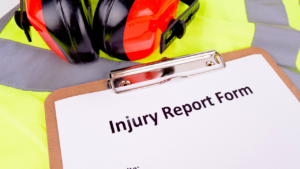
Paint transfer analysis is a different kind of forensic investigation. Paint transfer analysis can be used to determine the make and model of the vehicle that was involved in accidents or hit-and-run occurrences.
Experts in forensic science can identify a vehicle’s make and model by examining paint samples that were recovered from the accident scene. They may also evaluate the paint’s color and composition.
Accident reconstruction is yet another crucial component of forensic investigation.
Experts in forensics can reconstruct the sequence of events leading up to an accident and ascertain its cause by looking at evidence like tire traces, car damage, and eyewitness testimony. When determining responsibility and assigning blame, this information may be essential.
Experts may also employ a variety of other methods, such as fingerprint, ballistic, and tool mark analysis, in addition to these particular kinds of forensic investigation.
Experts in forensics may frequently shed important light on criminal activity and accident reconstruction by meticulously examining physical evidence and using scientific methods.
Social Media and Electronic Devices: How Digital Evidence Can Help Solve Hit and Runs
In order to solve hit-and-run incidents, digital evidence gathered from social media and technological devices can be quite helpful. As there is sometimes little physical evidence left after a hit-and-run, it is challenging for law enforcement to pinpoint the at-fault driver.
But as social media and electronic gadgets become more widely utilized, it’s more frequent for people to unintentionally produce digital evidence that can be used to resolve these situations.
For instance, witnesses may use their smartphones to take pictures or videos of the incident and post them on Twitter, Facebook, or Instagram.
Together with other crucial details like license plate numbers, vehicle color, and direction of travel, these posts can assist law enforcement in identifying the make and model of the car.
Law enforcement organizations can also collect evidence using electronic devices. To ascertain the suspect vehicle’s route, they can use footage from security cameras in neighboring buildings or traffic cameras. In order to locate the vehicle, they can use utilize license plate recognition software.
The whereabouts of the culprit at the time of the accident can also be learned from technology equipment like GPS trackers and cell phone data.
To support a hit-and-run accusation, mobile phone records, for instance, can be utilized to ascertain whether the driver was using their phone at the time of the collision.
Legal Challenges: Admissibility of Evidence, Chain of Custody, and Expert Testimony.
When presenting evidence in court, a number of legal issues, such as admissibility of the evidence, chain of custody, and expert testimony, may come up.
Evidence Admissibility: For a piece of evidence to be admitted in court, it must be trustworthy and relevant. This means that the evidence must be reliable and directly related to the case. The judge may decide to exclude evidence if they deem it to be untrustworthy or irrelevant.
Chain of Custody: The documentation and procedures used to follow the physical evidence from the moment it is collected to the time it is presented in court are referred to as the chain of custody.
To make sure that the evidence is not tampered with or tainted, which could jeopardize its credibility, it is crucial to establish a clear chain of custody. Challenges to the admissibility of the evidence may result from gaps in the chain of custody or improper documentation.

Expert Testimony: In order to understand challenging scientific or technical findings, expert testimony may be presented in court.
The expert must be qualified to speak on the subject, and their testimony must be supported by trustworthy principles and procedures in order for it to be acceptable. The testimony must also aid the jury in comprehending the evidence and reaching a verdict.
Conclusion.
The prosecution must demonstrate that the defendant was operating the vehicle involved in the collision and purposefully chose not to stop and offer aid in order to convict them of hit-and-run.
Evidence such as eyewitness accounts, security footage, tangible objects, and digital data from electronic and social media platforms may be required to prove this. To guarantee a successful conviction, it is crucial that all evidence is accurately gathered, recorded, and admissible in court.
